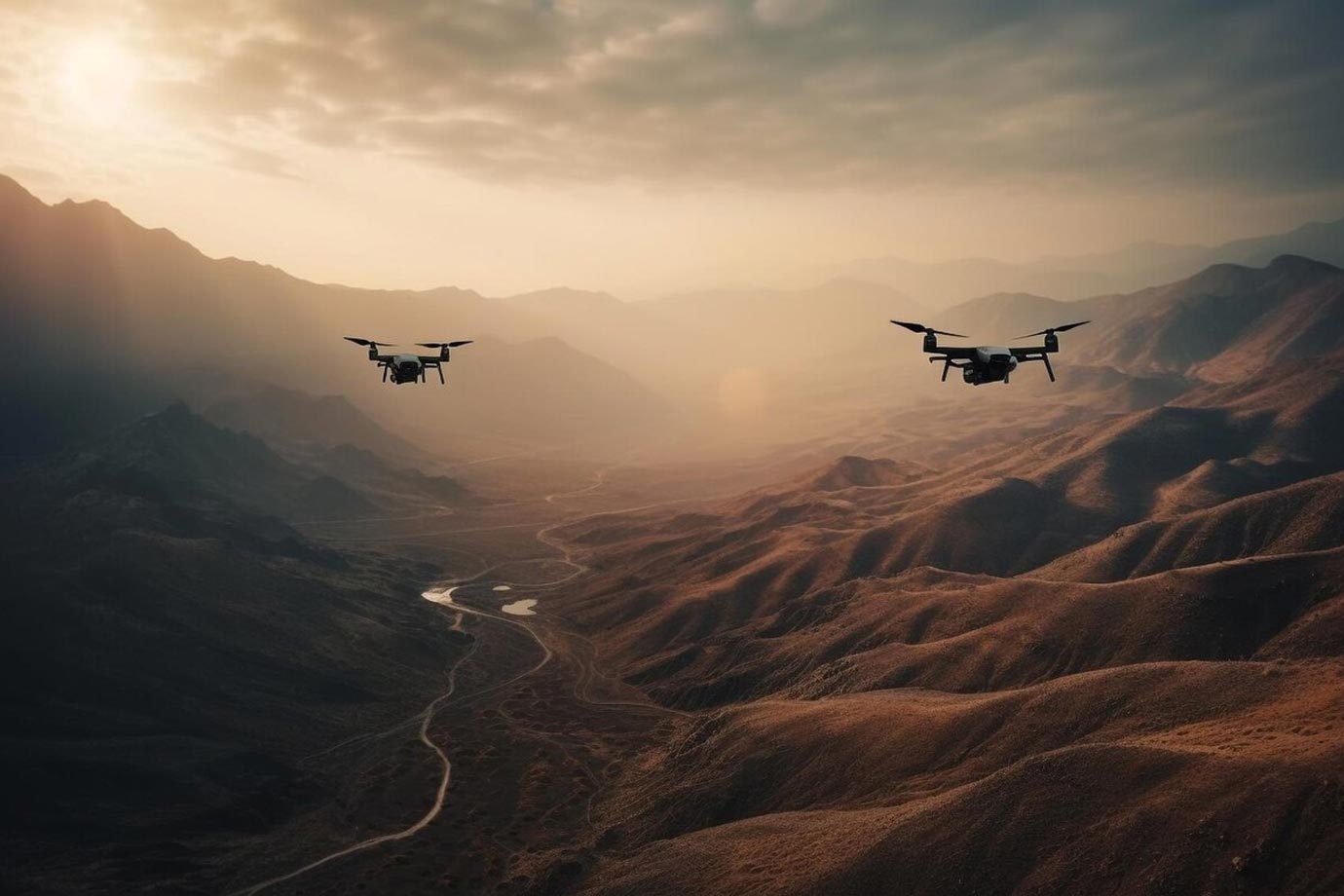Understanding UAS Degree Programs
Unmanned Aircraft Systems (UAS) are revolutionizing various industries. From agriculture to emergency services, these systems are increasingly integrated. As demand grows, so does the need for expertise. UAS degree programs provide the education necessary for this expanding field. Let’s explore what these programs entail and the career opportunities they unlock.
Defining UAS
UAS, commonly known as drones, encompass aircraft without a human pilot. They include technologies such as remote controls, communication systems, and ground-based operators. The applications are vast. Precision agriculture, surveillance, search and rescue, and aerial photography use UAS extensively.
Academic Focus in UAS Programs
Degree programs need comprehensive curriculums. Students not only learn operational skills but also understand the technology behind UAS. Key areas of study often include:
- Aerodynamics and Aircraft Design – Understanding the principles that allow drones to fly.
- Electronics and Mechanical Systems – Learning the components and systems that power UAS.
- Flight Operations – Gaining skills in piloting and mission planning.
- Data Acquisition and Management – Capturing and analyzing data collected by drones.
- Regulation and Safety – Navigating the legal aspects of UAS operation.
Hands-On Experience
Theoretical knowledge alone isn’t sufficient. UAS programs emphasize practical skills. Many programs offer simulator training and flight labs. Students learn to fly drones under various conditions. Real-world scenarios are simulated, preparing students for industry challenges. Coupled with internships, these experiences shape proficient operators and technicians.
Program Levels and Types
UAS degrees come in various levels. Associate degrees focus on foundational knowledge. Bachelor’s degrees delve deeper, offering specialized courses. Master’s programs often target research or management within the field. Some institutions offer certificates for specific areas, such as UAS maintenance or UAS operations for media production.
Interdisciplinary Learning
UAS programs are inherently interdisciplinary. Collaborations with fields such as geography, engineering, and computer science are common. Understanding geomatics and GIS technology is crucial for mapping and surveying applications. Engineering principles help in designing and innovating drone technologies. Computer science applications improve AI and machine learning integration for autonomous systems. Students often engage in cross-departmental projects, enhancing their ability to work in diverse teams.
Career Opportunities
Graduates find opportunities across multiple sectors. In agriculture, UAS monitor crop health and manage land. They help optimize yields and reduce waste. Real estate and media benefit from aerial photography and videography. Inspection and monitoring of infrastructure and utilities are streamlined using drones. Emergency services employ UAS for search, rescue, and situation assessment. Additionally, jobs in UAS manufacturing and software development are on the rise.
Skills and Qualities for Success
The field demands certain skills and qualities. Strong analytical skills aid in data interpretation. Problem-solving skills enable quick decisions during operations. Technical proficiency ensures efficient UAS handling. A clear understanding of regulations avoids legal pitfalls. Lastly, a passion for technology drives innovation and continued learning.
Regulations and Ethical Considerations
Regulatory knowledge is crucial for UAS professionals. Students must understand airspace rules and privacy laws. The Federal Aviation Administration (FAA) in the US governs drone use. Ethical considerations, including privacy and data security, are part of the curriculum. Students learn responsible and ethical usage practices.
Industry Partnerships and Resources
Many degree programs collaborate with industry leaders. Partnerships provide students with cutting-edge resources. Access to the latest UAS technology and research developments is common. These partnerships also lead to job placements and internships. Students benefit from networking opportunities with professionals in the field.
Current Trends in UAS Education
Two trends are emerging. The integration of artificial intelligence (AI) and machine learning in UAS. Educators recognize the importance of AI in improving drone autonomy and functionality. Another trend is a focus on modular and online education. Flexible learning models accommodate working professionals seeking to upskill.
The Future of UAS Degree Programs
The field is constantly evolving. Institutions are updating curriculums to include new technologies. Programs are increasingly incorporating environmental and sustainability studies. With the world moving toward greener solutions, UAS are playing a part. Degree programs are set to broaden their scope to address these changes.
